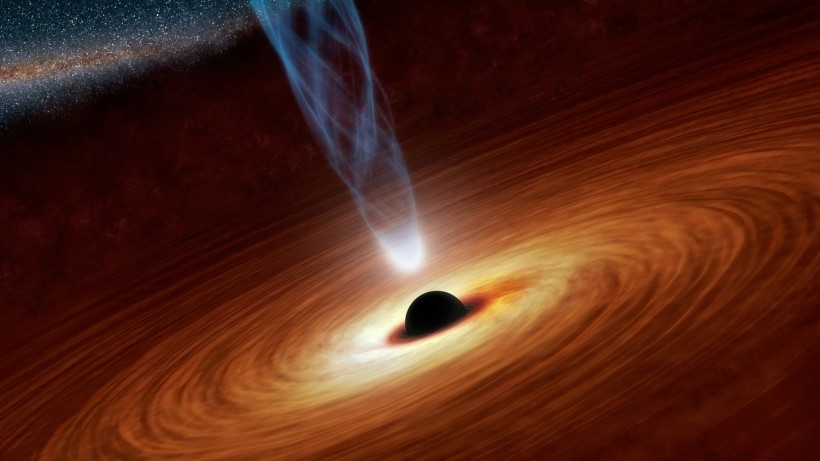Astronomers have recently discovered the brightest known object in the universe. This celestial phenomenon, known as J0529-4351, was discovered by Australian scientists and is a quasar powered by a hungry black hole that devours the equivalent of a sun every day.
The discovery of this cosmic giant, which emits light 500 trillion times brighter than our sun, surprised researchers who had been analyzing data for years.
Initially discovered with a 2.3-meter telescope at the Australian National University's NSW Siding Spring Observatory, its existence was later confirmed with the powerful lenses of the European Southern Observatory's Very Large Telescope.

Australian astronomers unveil the brightest cosmic object, quasar J0529-4351, powered by a black hole consuming the sun daily, surprising researchers worldwide.
Astronomers Shocked by Latest Black Hole Discovery
Lead author Christian Wolf, an associate professor at ANU, expressed shock and excitement at the discovery, citing the quasar's inexplicable conditions.
"We have discovered an object which has previously not been recognised for what it is; it's been staring into our eyes for many years because it's been glowing at its brightness for longer than humankind has probably existed," Wolf told the BBC.
Christian Wolf states, "Nature does not make it easy, it's like 'ah, there you are!'".
Dr. Christopher Onken, another key figure in the research, expressed surprise that such a significant entity had gone undetected until now, "hiding in plain sight."
Read Also: Europe's ERS-2 Satellite is Crash Landing on the Earth this Wednesday-Location Unknown
17 Billion Times the Mass of the Sun
This study published in Nature Astronomy tells us the black hole at its core is 17 billion times the mass of the sun. The quasar's brilliance comes from an accretion disk that spans a massive seven light years in diameter, emitting light that has traveled over 12 billion years to reach us.
As matter spirals into the black hole, this disk, which resembles a magnetic storm cell and can reach temperatures of 10,000 degrees Celsius, produces intense light and heat.
Aside from its astronomical implications, the discovery has profound scientific significance. Researchers hope to use this discovery to improve our understanding of super-bright quasars and refine astrophysical models.
Scientists hope to learn more about the masses of distant black holes by investigating the relationship between the quasar's brightness and the size of its broad-line region.
The largest black hole ever discovered is TON 618, which weighs approximately 40 billion solar masses. TON 618 has a radius of more than 1,000 astronomical units (AU) and is approximately 18.2 billion light years away from Earth.
Important Collaborations
Collaboration was critical to this groundbreaking achievement, with institutions including the European Southern Observatory, the University of Melbourne, and France's Sorbonne Université contributing to the research effort.
Stay posted here at Tech Times.
Related Article: Chinese-Led Astronomers Discover Smallest Star Ever in Exotic Binary System










